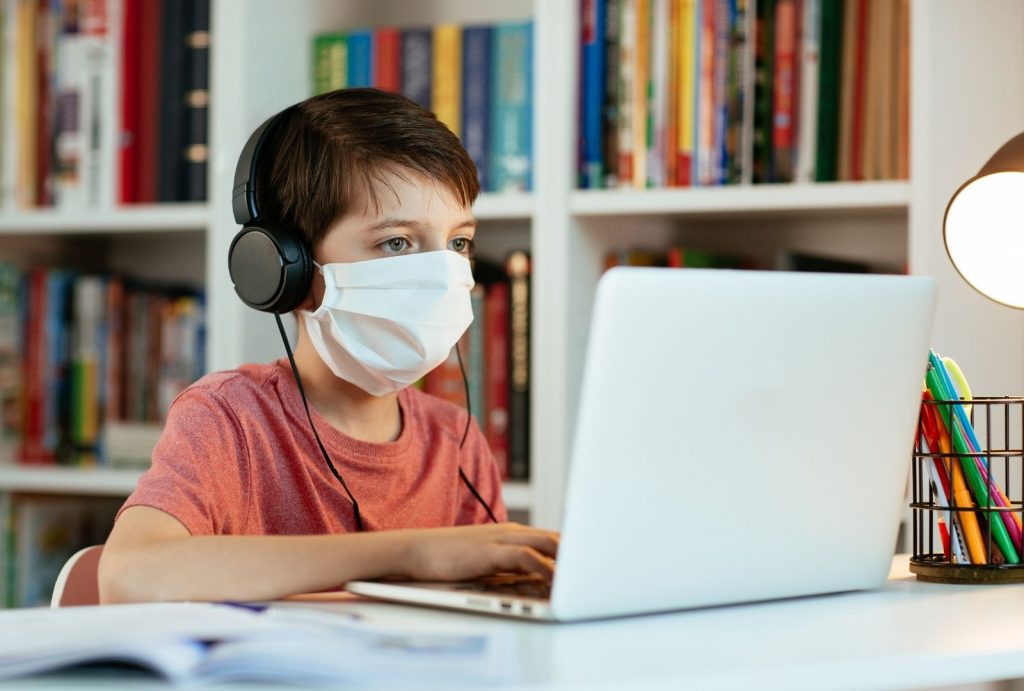The flipped classroom may share similarities with pandemic-era virtual classrooms.
Armed with more educational technology and the professional development to meaningfully use it, more educators in K–12 are considering the flipped-classroom approach.
At the onset of the pandemic, schools found ways to make virtual learning work. They rolled out one-to-one device programs and made investments in educational technology. Educators learned to use new tools and found new ways of bringing content to students.
With the technology barrier broken down, some educators took the opportunity to shift their methodology to a flipped-classroom approach. Others, who already employed this model, found that it made the transition to and from remote learning easier on students.
With the increased technology, funding and professional development available for K–12 districts, now might be the best time for educators to adopt a flipped-classroom approach.
What Is a Flipped Classroom in K–12?
The flipped classroom uses some components of asynchronous learning, a method of teaching in K–12 schools that has gained popularity in the aftermath of the pandemic. This is also called a flipped learning model, students learn new material at home and then practice or discuss the concepts in the classroom.
While traditionally based around written content, today’s flipped classrooms frequently feature videos that the teacher has created on the subject matter.
Eighth grade math teacher David Knoble, who has been teaching via this new method at Union Township Middle School in New Jersey for five years, first tried using premade videos. He quickly found that his students were disengaged and began recording his own lessons.
“By watching my videos where I’m directing, they hear my voice, they see me in the bottom corner of the screen, and they are more engaged,” Knoble says. “They actually pay attention and do the video.”
Educators have become more comfortable teaching to a camera since the onset of the pandemic, and some who had not yet adopted a flipped learning approach have decided to give it a try with recorded lectures.

